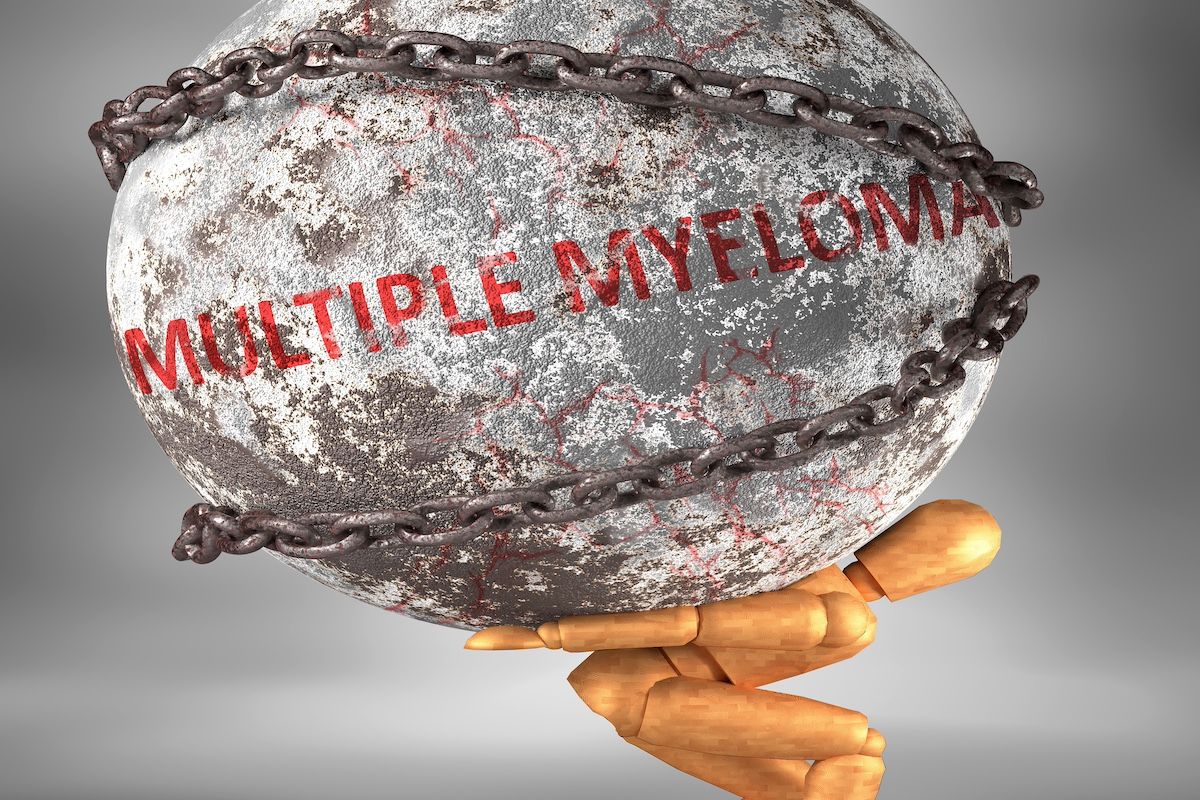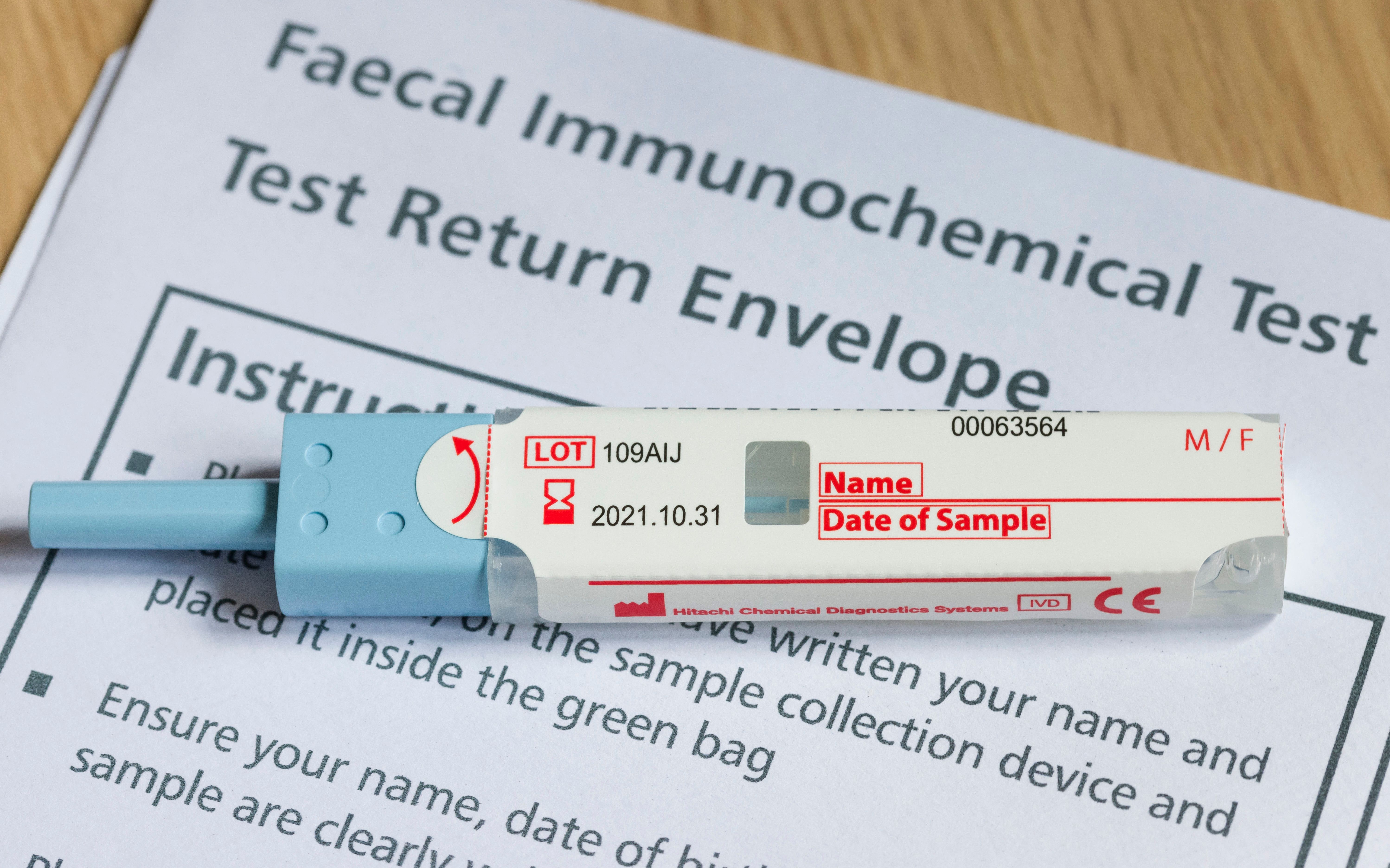News
Article
MRD2STOP: Promise in Halting Myeloma Maintenance Therapy
Author(s):
One patient died during this study, which used PET/CT, flow cytometry, and next-generation sequencing to define measurable residual disease negativity.
Being able to discontinue maintenance therapy for multiple myeloma is the goal of the MRD2STOP study (NCT04108624),1 which is using the cumulative result of 3 methods to detect presence of sustained measurable, or minimal, residual disease (MRD) as potential indicator that a patient can stop treatment for the hematologic malignancy, according to data presented at ASCO 2024.2
MRD can potentially be used to identify the absence of disease in certain cancers, including multiple myeloma, and there is research being done in how MRD negativity or positivity can guide treatment decision making.3 In addition, the FDA is weighing whether measures of MRD negativity can be used as surrogate end points.4
This prospective study is ongoing, with 3 primary end points: progression-free survival (PFS), overall survival, and MRD resurgence rate at a threshold of 10-6.
Ben Derman, MD | Image Credit: University of Chicago

“Measurable residual disease negativity, we know now, is strongly associated with improved prognosis in myeloma, and in particular at 10-6, or less than 1 clonal cell within 1 million, seems to carry superior prognosis over less-sensitive thresholds,” said Ben Derman, MD, assistant professor of medicine, University of Chicago, while presenting the findings at ASCO. “It may be the most important prognostic indicator in all of myeloma.”
However, some patients will still go on to experience disease progression, he added, which leads to the question, “Is it possible that a deeper level of MRD testing may be able to improve prognostication further?” He and his team of investigators were seeking to identify a more sensitive test that could get them to a sensitivity of 10-7.
PET/CT, flow cytometry (limit of detection 10-5), and next-generation sequencing by clonoSEQ (threshold 10-6) are being used in MRD2STOP to measure patients’ blood samples in the trial. In this preliminary analysis, date were provided from standard myeloma blood testing conducted every 3 months, while patients’ yearly bone marrow aspirate samples were enriched via CD138+ immunomagnetic enrichment—a method that helps to pull out the plasma cells from the sample—via clonoSEQ to achieve MRD 10-7 sensitivity. Expression of CD138, or syndecan-1, is a glycoprotein expressed on the surface of both plasma cells and multiple myeloma cells; when tested for, a positive result can indicate either lymphoma or myeloma.5
Patients with disease progression went off trial protocol and on to their treatment of choice, Derman explained.
Of the initial 83 patients screened, 47 were able to discontinue maintenance as of January 1, 2024, of whom, 17 had high-risk disease, 9 were in their first line of therapy, and 40% received quadruplet treatment. The most common maintenance treatment, by far, was the immunomodulator lenalidomide, a once-daily oral medication; however, Derman explained, there is no hard-and-fast end date for the maintenance treatment, which carries with it the downstream effects of decreased quality of life, second cancers, and financial toxicity.
Over a median follow-up of 30 months, 30% of patients were on consolidation/maintenance treatment for less than 27 months; the median overall duration of consolidation/maintenance was 36 months (range, 12-95). Also during this period, there was disease progression in 5 patients and MRD resurgence rate at the predetermined threshold in 6 patients. There were also 3 cases of patients who were MRD 10-7 positive in the year leading up to MRD 10-6 resurgence.
Just 1 patient died during this study, and that was attributed to development of B-cell acute lymphoblastic leukemia.
Adverse impact of quality of life is a chief complaint among patients living with multiple myeloma| Image Credit: GoodIdeas-stock.adobe.com

At the 3-year mark, there was a PFS rate of 85%, which jumped to 93% among the patients tested at MRD 10-7 negative at baseline; the MRD-free survival rate—or the time from treatment discontinuation to MRD 10-6 resurgence, disease progression, or death—at this mark was 68%, which again was higher (78%) among patients tested at MRD 10-7 negative. Quality-of-life indicators, as measured by the EORTC Core Quality of Life questionnaire (QLQ-C30), improved across the board; these include insomnia, nausea and vomiting, constipation, pain, and financial difficulties.6
Presence of high-risk cytogenetic abnormality, transplant receipt, multidrug consolidation treatment, and maintenance duration did not predispose participants to superior outcomes.
“Discontinuation of maintenance therapy among patients with multiple myeloma and multimodal measurable residual disease–negativity results in a high rate of sustained measurable residual disease negativity and lack of disease progression,” the study investigators concluded. “CD138+-enriched measurable residual disease samples using the clonoSEQ assay may help to even better identify patients who can discontinue therapy.”
Derman also highlighted the potential cost savings of ceasing lenalidomide in their 47-patient cohort alone: For a total of 1250 months of observation at $18,000/month for lenalidomide, MRD2STOP so far has saved $22.5 million.
References
1. Study to assess for measurable residual disease (MRD) in multiple myeloma patients. ClinicalTrials.gov. Updated January 29, 2024. Accessed June 12, 2024. https://clinicaltrials.gov/study/NCT04108624
2. Derman BA, Cooperrider JH, Kibicki T, et al. Discontinuation of maintenance therapy in multiple myeloma guided by multimodal measurable residual disease negativity. Presented at: ASCO 2024; May 31-June 4, 2024; Chicago, Illinois. Abstract 106. https://meetings.asco.org/2024-asco-annual-meeting/15870?presentation=234914#234914
3. Joszt L. MRD testing is valid in the real world, can be cost-effective over lifetime of patients with MM. AJMC®. May 30, 2019. Accessed June 13, 2024. https://www.ajmc.com/view/mrd-testing-is-valid-in-the-real-world-can-be-costeffective-over-lifetime-of-patients-with-mm
4. Caffrey M. As FDA weighs use of MRD, negativity rates in PERSEUS linked to improved PFS in newly diagnosed transplant-eligible multiple myeloma. AJMC®. June 3, 2024. Accessed June 13, 2024. https://www.ajmc.com/view/as-fda-weighs-use-of-mrd-negativity-rates-in-perseus-linked-to-improved-pfs-in-newly-diagnosed-transplant-eligible-multiple-myeloma
5. CD138 test. Lybrate. Accessed June 12, 2024. https://www.lybrate.com/lab-test/cd138#:~:text=If%20CD138%20positive%3A%20Indicates%20Myeloma,cancer)%20Directs%20towards%20other%20stains
6. Kaasa S, Bjordal K, Aaronson N, et al. The EORTC core quality of life questionnaire (QLQ-C30): validity and reliability when analysed with patients treated with palliative radiotherapy. Eur J Cancer. 1995;31A(13-14):2260-2263. doi:10.1016/0959-8049(95)00296-0





